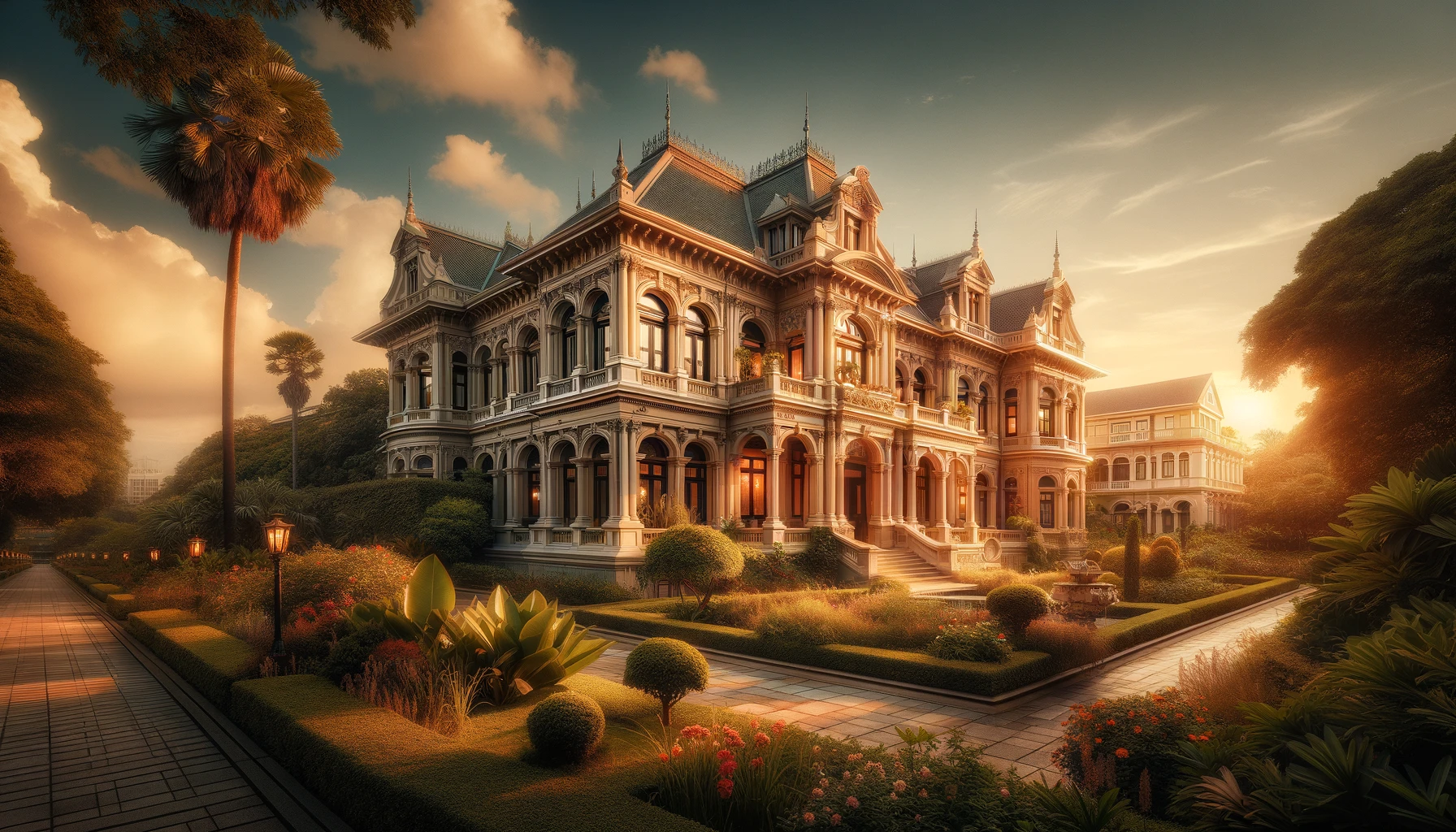Heritage and listed buildings are invaluable assets that connect us to our past, showcasing the architectural beauty and historical significance of earlier eras. These structures, however, face contemporary challenges, especially in terms of thermal efficiency, security, and noise insulation. Traditional windows, typically single-glazed, contribute to poor energy efficiency and increased heating costs. Furthermore, the imperative to preserve the historical value of these buildings often limits the scope for modern alterations.
Preserving Historical Integrity
Secondary glazing emerges as a key solution, enabling the preservation of original windows while enhancing the building’s performance. This approach ensures that the original windows can be retained and repaired as necessary, significantly reducing air leakage and heat loss without losing the historic fabric. The reversible nature of secondary glazing installations makes it an ideal method for heritage conservation, allowing future generations to appreciate these structures in their original glory.
Located often in bustling urban environments, heritage and listed buildings benefit from secondary glazing’s ability to mitigate noise pollution, creating a more comfortable interior space. Additionally, the added layer of glazing enhances the security of these venerable structures without compromising their aesthetic or historical integrity.
Improving Energy Efficiency
Innovations in secondary glazing, including low emissivity (Low-E) coatings and insulating frames, have shown to reduce heat losses by over 60%. This significant improvement in thermal performance demonstrates secondary glazing’s role in making heritage buildings more sustainable and energy-efficient, aligning with contemporary environmental standards. Of course, the environmental impact of secondary glazing extends beyond just energy savings.
By improving thermal performance, secondary glazing contributes to a significant reduction in carbon emissions from heritage buildings. These buildings often rely on outdated heating systems that are both inefficient and environmentally detrimental. Secondary glazing not only makes these structures more energy-efficient but also aligns them with global efforts to combat climate change. This advancement supports the broader goal of sustainable development, emphasising the role of conservation in mitigating the adverse effects of urbanisation and energy consumption on the environment.
Adopting secondary glazing in heritage buildings also has significant economic implications. While the initial investment might be considerable, the long-term savings in energy costs, combined with enhanced property values, present a compelling case for its implementation. Furthermore, there are often grants and funding opportunities available specifically for the preservation of historic buildings, including those that improve energy efficiency and sustainability. Property owners and custodians should explore these options to offset the costs of secondary glazing installations, making these projects more financially viable and attractive.
Navigating Heritage Compliance and Consent
The installation of secondary glazing in heritage and listed buildings is subject to regulatory considerations, including building regulations and, frequently, the need for listed building consent. Conservation officers generally view secondary glazing as a favourable adaptation due to its reversible nature and minimal impact on the original structure.
Selecting secondary glazing solutions requires careful consideration to ensure they complement the unique characteristics of historic windows. The aim is to achieve a discreet installation that respects the building’s aesthetic and architectural values while offering modern benefits.
While secondary glazing often does not necessitate permission due to its non-intrusive nature, significant modifications or installations within conservation areas may require consultation with local planning authorities. This step ensures compliance with regulations and secures the necessary consents for alterations.
Comprehensive Approach to Heritage Conservation
Secondary glazing stands as a testament to the possibility of harmonising the preservation of historical character with the demands for modern building performance. It offers a reversible, compliant solution to the challenges of thermal inefficiency, noise pollution, and security concerns faced by heritage and listed buildings. The assessment of historic windows’ significance forms a foundational step in this process, guiding decisions that affect a building’s character and heritage value. By adopting a whole-building approach to energy efficiency, secondary glazing contributes to sustainable conservation practices, ensuring these buildings remain a testament to history while serving present and future needs.
The implementation of secondary glazing in heritage and listed buildings also offers an excellent opportunity for community engagement and education. It serves as a tangible example of how contemporary technologies can be harmoniously integrated with historic preservation. Educational programs and open days can demystify the technology behind secondary glazing, highlighting its benefits while fostering a greater appreciation for the importance of preserving our architectural heritage. This approach can galvanise community support for conservation projects, encouraging public involvement in safeguarding their local heritage.
Conclusion
The integration of secondary glazing into heritage and listed buildings represents a thoughtful balance between conservation and modernization. This approach not only preserves the architectural integrity and historical essence of these buildings but also enhances their functionality and sustainability. As we look to the future, secondary glazing offers a path forward that respects our past while embracing the environmental and technological advancements of our time.
For those tasked with the stewardship of heritage and listed properties, engaging with specialists in secondary glazing and historic conservation ensures that any interventions made today will protect and enhance these treasures for generations to come. Get in touch today and see how Granada Glazing can improve quality of life without sacrificing style.
